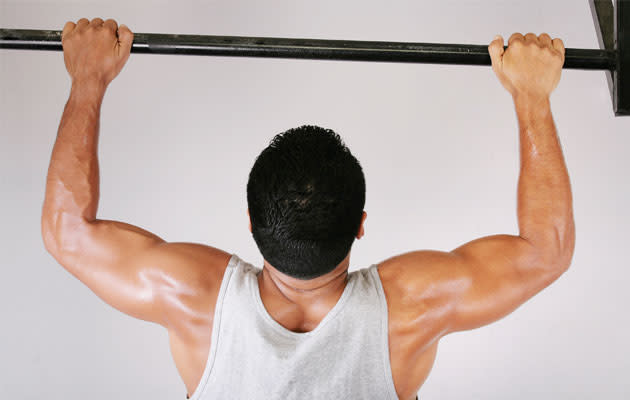 Fit to Post Health
Fit to Post HealthHow to improve your IPPT results
If you are like most combat-fit NS men, taking the annual IPPT (Individual Physical Proficiency Test) could mean one of two things to you. For those who pride themselves in staying fit, it is an easy way to earn extra bucks through the ‘incentive’, ‘silver’ or ‘gold’ awards. But if you lead a more sedentary lifestyle, you probably dread the IPPT as failing it means having to attend up to 20 sessions of remedial trainings.
For the latter group, fret not, help is here. Whether you’re looking to pass the IPPT or to improve on your scores, these IPPT training tips from Senior Physiotherapist Felicia Seah of the Department of Physiotherapy at Singapore General Hospital (SGH), a member of the SingHealth group, will come in handy.
Related article: How to get started and stay motivated to exercise regularly
About the IPPT
The IPPT is made up of five events: four static stations plus a 2.4km run. Static stations include sit-ups, standing broad jump (SBJ), pull-ups (chin-ups) and the 4 x 10m shuttle run.
To pass the test and be eligible for a monetary reward, a participant needs to obtain a cumulative score of at least 12 points for an incentive award, 13/14 points for a silver award, and 15 points and above for a gold award.
Killer IPPT stations: pull-ups, 2.4km run and standing broad jump
The most commonly failed stations for the IPPT are the pull-ups, 2.4km run and standing broad jump. For pull-ups, having strong trunk control is essential as it helps you lock your body in position, preventing it from swaying as you lift your body up towards the bar.
As for the 2.4km run, non-specific training is the main reason why many fail this station. Lastly for SBJ, although it is good to have strong lower limbs, knowing the proper jumping technique is equally important. Take for example the practice of swinging the arms before jumping. “If your arm swinging technique is wrong, it contributes to early landing and reduces the total jump distance,” says Ms Seah.
Related article: Muscles feel sore after exercising? These tips will help relieve the pain
Importance of training trunk and lower muscles
Although the IPPT features a variety of exercises, the trunk and lower limb muscles are core muscle groups used for all events. Hence, training these muscles is key to improving IPPT performance. This can be done through the use of gym equipment or body weight exercises.
Gym machines like the lat pull down or assisted pull-up help strengthen the back and shoulders, while the leg press and knee extension machine targets the lower limb muscles.
“Performing weight-bearing exercises like lunges, squats and seated squats is also helpful. To strengthen the trunk muscles, include exercises such as crunches, planks and the Romanian twist*. And for improving explosive power, incorporate plyometric training into your training,” says Ms Seah.
* To do the Romanian twist exercise, first sit on the floor then lift your feet and lean back so you’re balancing on your tailbone. Next, rotate your torso to the right and hold. Return to the centre and repeat to the left.
Related article: Training tips to improve your performance for each of the five IPPT stations
FREE Doctor Q&A: Cataract, glaucoma and diabetic retinopathy – all these come about with age. But what is worrying is that these eye conditions often do not display any symptom during early stages. Only through early detection and treatment will you be able to slow down or in some cases, even reverse their progression. This month, take this opportunity to send us any question you may have about age-related eye conditions. Ask our expert – it’s FREE!
Get more health tips at HealthXchange.com.sg and sign up for our FREE e-newsletter.
By Alvin Chumari for HealthXchange.com.sg.
Health Xchange's articles are meant for informational purposes only and cannot replace professional surgical, medical or health advice, examination, diagnosis, or treatment.



